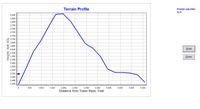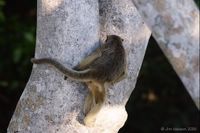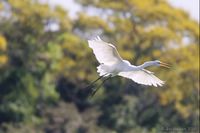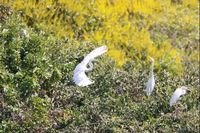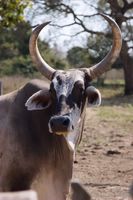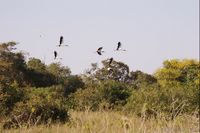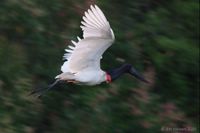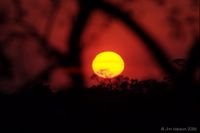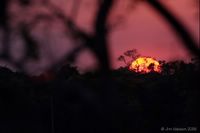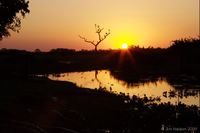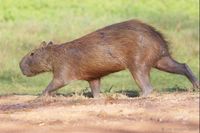
This chart gives us a good idea why we had so much trouble making QSOs. The green plot on this HFTA graph shows the performance of the 5-element 20m yagi at 60 feet over the 330 degree path to the US, overlayed on the statistical arrival angle information. Note that the Figure of Merit for this antenna is 0.9. The light blue plot is the performance of the same 5-element yagi, also at 60 feet, but over flat terrain. FoM for this antenna is 12.1. This tells us we should expect to be an average of 11.2 db weaker into the US than if we had flat terrain. The red and dark blue plots show the improvement that might be achieved if the antenna could be raised to 120 and 180 feet, respectively. The best we can do is still almost 5 db down from the same antenna only 60 feet above flat terrain.
